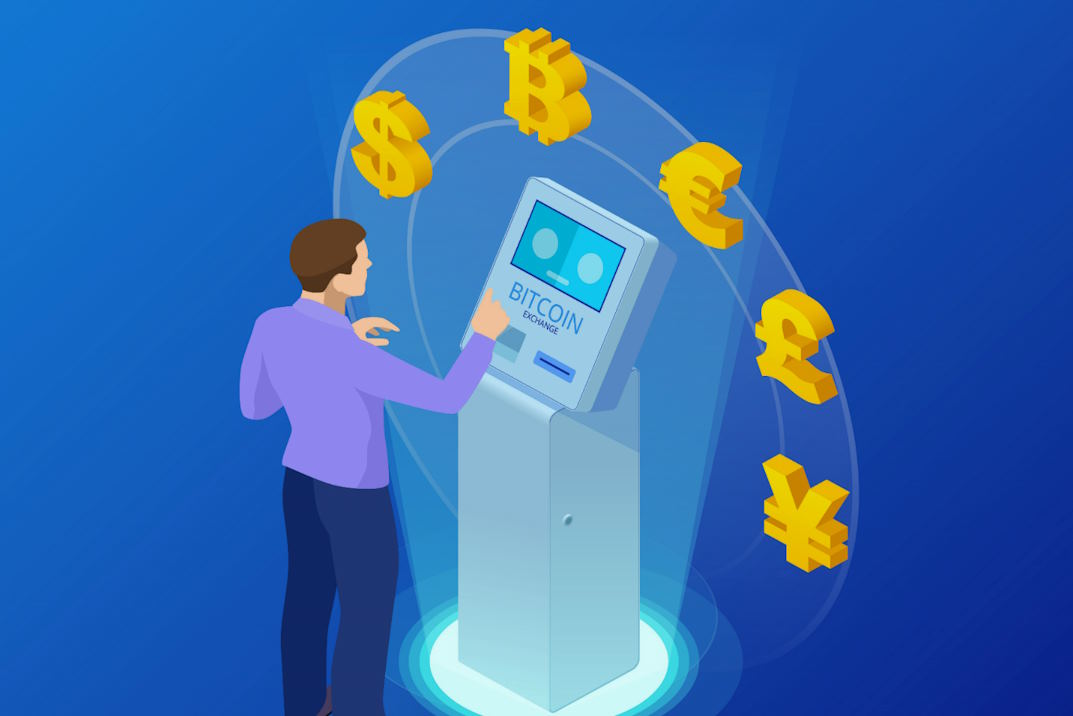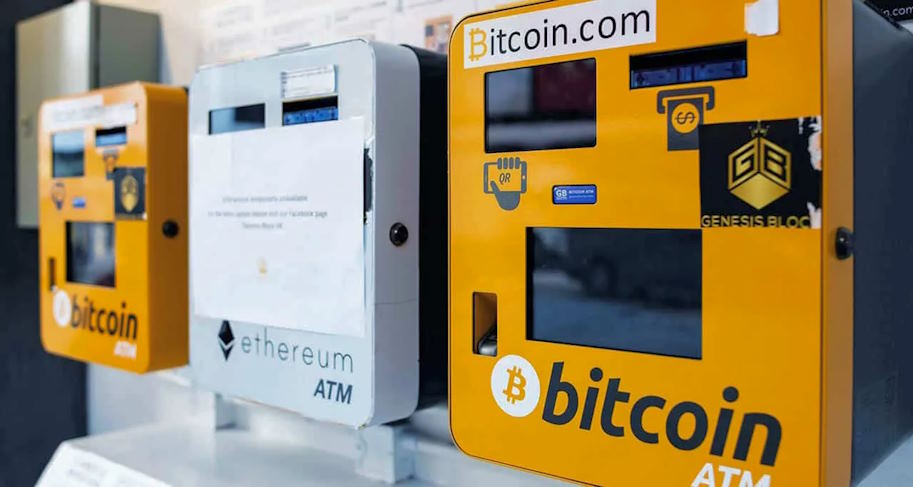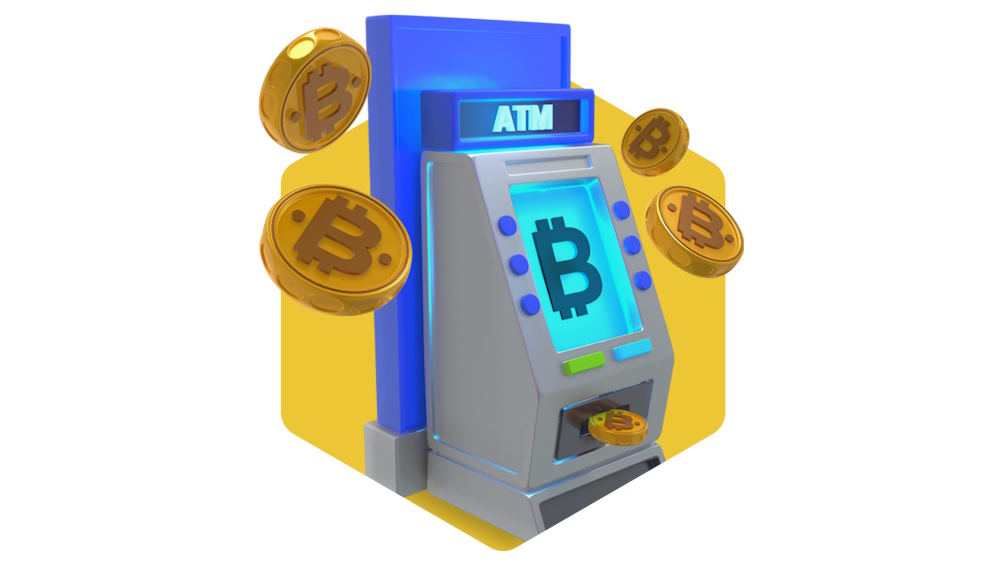July 10, 2023
Cryptocurrency ATMs: Bridging the Gap between Digital and Physical Currencies

As the popularity of digital currencies continues to soar, there is a growing need to bridge the gap between the virtual realm of cryptocurrencies and the physical world. Enter cryptocurrency ATMs, the innovative machines that are transforming the landscape of financial transactions. These ATMs offer a convenient and accessible solution, allowing individuals to seamlessly convert their digital assets into physical cash or vice versa.
Bridging the Gap between Digital and Physical Currencies
Cryptocurrency ATMs have emerged as a game-changing solution, bridging the gap between digital and physical currencies. These innovative machines facilitate the seamless exchange of digital currencies for physical cash and vice versa, opening up a whole new realm of possibilities for users.
One of the key roles cryptocurrency ATMs play is enabling individuals to transition effortlessly between the digital and physical realms of finance. These ATMs act as a bridge, allowing users to convert their digital assets into tangible cash or deposit physical currency into their digital wallets. By facilitating this exchange, cryptocurrency ATMs empower users to navigate between the virtual world of digital currencies and the familiar landscape of physical cash with ease.

Real-world case studies serve as compelling evidence of how cryptocurrency ATMs have successfully bridged the gap between digital and physical currencies. For instance, in countries where digital currencies have gained significant adoption, these ATMs have become vital tools for everyday transactions. Users can conveniently withdraw cash from their cryptocurrency holdings, ensuring they have access to funds for daily expenses. Likewise, individuals can deposit physical currency into their digital wallets, seamlessly integrating their traditional finances with the emerging world of cryptocurrencies.
Furthermore, cryptocurrency ATMs have also made an impact in underserved communities and areas with limited access to traditional banking services. These machines provide an avenue for financial inclusion, allowing individuals without bank accounts to engage with digital currencies. Through the use of cryptocurrency ATMs, people in remote locations can participate in the digital economy, harnessing the benefits of digital currencies while still having the option to transact in physical cash.

Security and Regulatory Considerations
When it comes to cryptocurrency ATMs, security and regulatory considerations are of paramount importance. These machines have implemented robust security measures to protect users’ funds and personal information, ensuring a safe and reliable user experience.
Cryptocurrency ATMs employ various security measures to safeguard users’ funds. They utilize encryption protocols to secure transactions and protect sensitive data from unauthorized access. Additionally, many ATMs incorporate multi-factor authentication, requiring users to verify their identity through biometrics or unique codes, adding an extra layer of security.
In terms of regulatory compliance, the landscape surrounding cryptocurrency ATMs is evolving. Governments and financial authorities have recognized the need to establish frameworks to govern the operation of these machines. Steps have been taken to ensure that cryptocurrency ATMs comply with existing anti-money laundering (AML) and know your customer (KYC) regulations. These measures aim to prevent illicit activities and enhance transparency in the cryptocurrency space.
Despite the increasing regulation and security measures, concerns and misconceptions regarding the security and legality of cryptocurrency ATMs still persist. Some worry about the potential for hacking or fraudulent activities. However, it’s important to note that cryptocurrency ATMs employ robust security measures and adhere to strict compliance guidelines to mitigate these risks. Additionally, regulatory efforts seek to address these concerns and create a safer environment for users.



